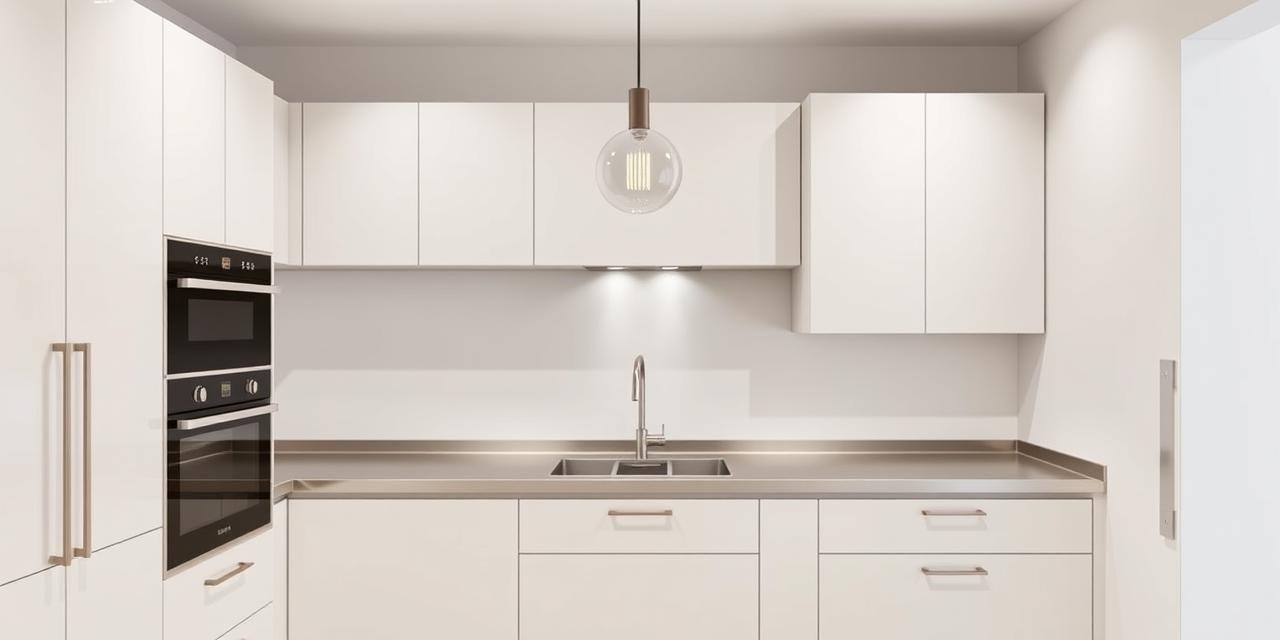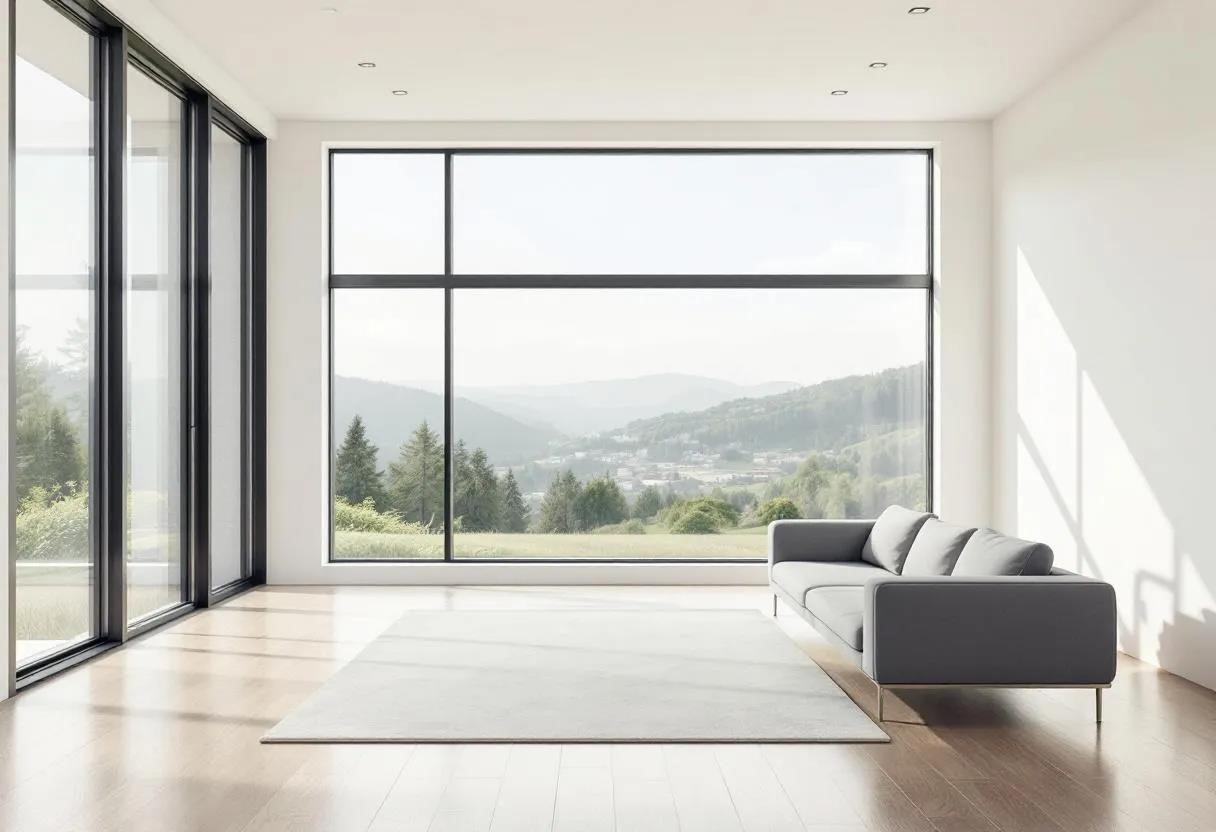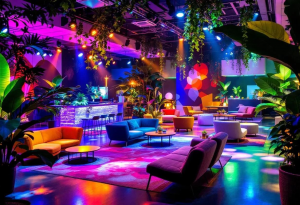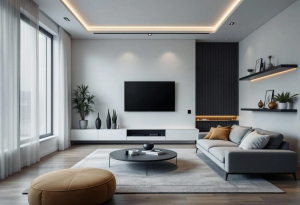Hey, it’s Ethan Bellweather. I’ve been obsessed with design for as long as I can remember. From my days at SOM to now running my own studio, one thing that’s always stuck with me is the power of less. Minimalism isn’t just a style; it’s a whole way of thinking. It changes how we live, how we work, and how we see the world. Let’s jump into how minimalism is shaking up design today. We’ll look at what makes it tick, where you see it, and why it matters.
From Bauhaus to Today: How Minimalism Got Started
Okay, so minimalism feels super modern, right? But its roots go way back to the early 1900s with movements like De Stijl and Bauhaus. These guys were all about function and clean lines, ditching anything extra. Think of Gerrit Rietveld’s Red and Blue Chair. It was a total shock to the system, focusing on simple shapes and getting the job done. Then, after World War II, minimalism really took off. It was a response to all the excess and “stuff” people were buying. It was like a big sigh, a craving for something simpler and more meaningful.
The Minimalist Manifesto: Simplicity, Function, and Eco-Friendliness
What’s the secret sauce of minimalism? It’s all about cutting back, but on purpose. It’s not about having nothing, but about only having what matters. Think of it like this: there are three legs holding up the whole minimalist idea:
- Keep it Simple: Think clean lines, open spaces, and colors that don’t scream. It’s about making things easy on the eyes and avoiding clutter.
- Make it Work: Everything should do something. “Form follows function” is the saying here. Design should make things easier and better.
- Go Green: Minimalism loves things that last and don’t hurt the planet. By using less stuff and choosing quality, it’s a win for the environment.

More Than Just White Walls: Where Minimalism Pops Up
Minimalism isn’t just about empty rooms. It’s a powerful force in all sorts of design areas.
Graphic Design: Say More With Less
In the world of logos and websites, minimalism means clean layouts, lots of empty space, and killer fonts. Think of Apple or Google. Their brands are super simple but instantly recognizable. By cutting out the noise, minimalist graphic design makes sure the message hits home.
Interior Design: Creating a Peaceful Escape
Minimalist homes are all about calm and order. This means getting rid of clutter, using soft colors, and letting in lots of light. Furniture is chosen carefully, looking good and working well. The goal is to create a space that feels relaxing and helps you recharge. John Pawson is a master of this. His interiors are famous for their peace and quiet, and how he plays with light and shadow.
Architecture: Big Impact, Simple Design
Minimalist buildings use simple shapes, clean lines, and avoid anything flashy. Materials are often left raw and natural, showing off their true beauty. Buildings are designed to be useful and efficient, with a focus on sunlight and fresh air. Tadao Ando is a prime example. He creates spaces that are both stunning and deeply connected to nature, using concrete, light, and water to create a sense of calm.
The Mindful Home: How Minimalism Helps Your Head
Minimalist design does more than just look good. It can actually make you feel better. Too much clutter can cause stress and anxiety. By creating a calm, clean space, minimalism can ease those feelings and help you focus. Studies show that minimalist spaces can improve concentration, lower stress, and boost your overall mood. It’s like creating a safe haven from the craziness of modern life, a place to relax and recharge.
Minimalism: The Eco-Friendly Choice
Minimalism and sustainability go hand in hand. By buying less and choosing quality, we reduce waste and make things last longer. Minimalist designers often pick natural, strong materials that are easy on the environment. They also focus on saving energy, designing buildings and spaces that use less power. This makes minimalism a smart and responsible choice for the future.
What’s Next for Minimalism?
Minimalism isn’t just a fad. It’s a design philosophy that keeps growing. As we face more environmental problems and need to take care of our mental health, minimalism will become even more important. We’ll likely see more focus on sustainable materials, energy-saving designs, and spaces that promote mindfulness and connection with nature. The future of minimalism is about creating a world that’s more thoughtful, sustainable, and satisfying, one design at a time. It’s about finding beauty in simplicity and creating spaces that truly make our lives better.
So, what do you think about minimalism? How do you see it shaping the future? Share your thoughts in the comments!
Minimalism FAQs
- What’s the point of minimalist design? To make spaces that are useful and beautiful by stripping things down to the basics, keeping it simple, and making things clear.
- How does minimalism help the environment? By encouraging us to buy less, use strong materials, reduce waste, and save energy.
- Is minimalism just a trend? Not really. It’s a deep-rooted idea that’s likely here to stay because it focuses on being useful, sustainable, and good for our minds.


